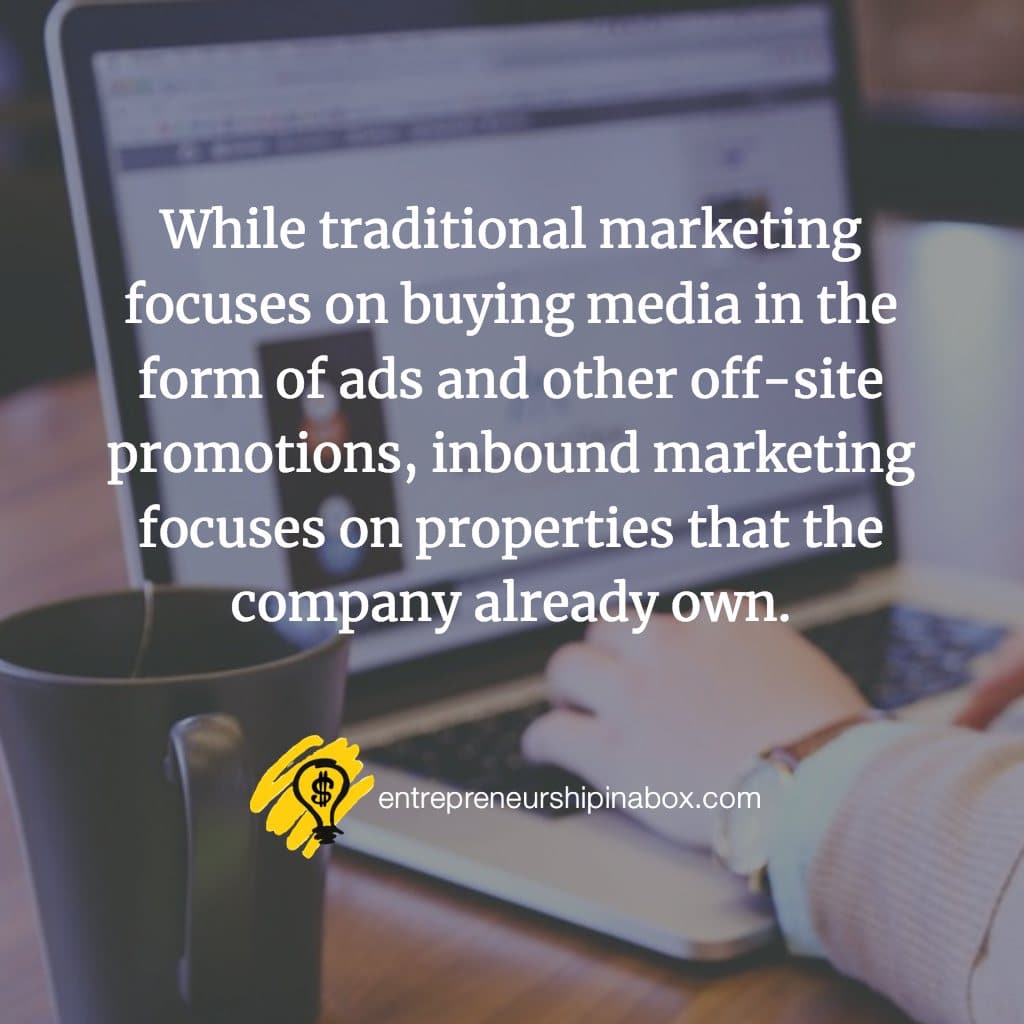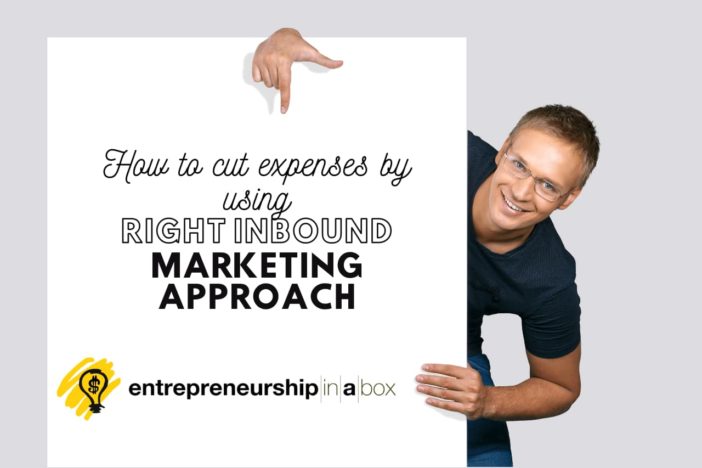When it comes time for a small business to cut expenses, it’s tempting to trim from the big costs. Unfortunately, this often means letting go of useful people and arbitrarily slashing the marketing budget. Yet people and marketing are two crucial parts of any organization. How can you combine inbound marketing with traditional to succeed in these efforts?
The people power the organization. Marketing helps sell the products and services the organization offers. Slashing them with little thought to long-term consequences can be one of those fatal mistakes that put a business in that huge bin of “failed startups.”
So what’s the solution? There are two opportunities for many small businesses to cut expenses without arbitrarily slashing. They involve reevaluating customer acquisition costs and transaction costs. By optimizing these aspects, businesses can reevaluate expenses without decimating the most important parts of the company.
Focus on Inbound Marketing if You Want to Cut Expenses
While it’s just another buzz term, the concept of inbound marketing, a/k/a content marketing, is something that all small businesses should embrace. While traditional, or outbound marketing focuses on buying media in the form of ads and other off-site promotions, inbound marketing focuses on properties that the company already owns. Since small businesses typically have websites, they, therefore, have prime inbound marketing real estate.
If you have written for a company blog or produced original social media material, you have engaged in inbound marketing. The trick, now, is to focus your efforts on the idea of becoming helpful to more and more people while you cut expenses you don’t need to make.
On-site content
On-site content can help establish you as an authority, but you have to create more than average everyday blog posts. Authoritative content that sells requires impeccable research. To be effective, articles need to be the definitive post on a particular topic. That can take a while to research, but the payoff, in the form of links and qualified leads, can be astronomical.
Social media
Social media can provide ways for small businesses to answer questions. While the bulk of a social media strategy should center on organic conversations, small businesses can win potential new customers by searching for questions and providing answers.
Content marketing and inbound marketing boil down to one issue: becoming a known authority on your niche topic. For small businesses that can make a huge difference in sales.

Here is how an inbound marketing agency can enhance your small business.
Rethinking Your Outbound Marketing
Just because there are ways to market to customers using only your own properties doesn’t mean you should forget about traditional forms of marketing. Yet small businesses do have to become smarter with how they allocate their outbound marketing dollars. Too much money is spent on the wrong kind of display ads — ads that show up on TV or on websites with little interactivity. There are far, far more efficient ways to accomplish your marketing goals.
Pay per click advertising
Pay per click advertising or PPC can get your business in front of prospects who have signaled an intent to buy. Why do you think Google makes billions of dollars per year on search advertising? Because when people type something into Google they signal intent. If you conduct proper keyword research and get your company in front of the customers most likely to convert into a sale, you’ll put your advertising dollars to great use.
Remarketing
Remarketing is no new concept, but with powerful new tools, a small business can use it to great ends. This intricate guide to remarketing lays out the topic in superb detail — like any piece of inbound marketing content should. Essentially, remarketing lets businesses spend their display budgets smarter by ensuring that the right people see the ads.
Cut Expenses by Reducing Transaction Costs
Small business owners will learn quickly that the term, you have to spend money to make money, can be taken quite literally. While much of that comes indirectly, in the form of marketing, it also comes directly. When you make a credit card sale, you don’t keep the entire transaction amount. A third party takes a chunk of that sale as a processing fee. Your small business will do well to get that fee as low as possible.
Unfortunately, too many businesses go with the easiest option rather than spending the time to find a cost-efficient one. PayPal, for example, offers an easy way to pay, but often costs a company far too much in processing fees. If they spent a few minutes researching they’d find that a company like WePay is a PayPal alternative for merchants that don’t cost them nearly as much per transaction. But even then there might be a better solution.
As with most modern problems, data can provide a solution. Business owners need to analyze their customer spending habits in many ways in order to find the best processing fee. Some companies charge a flat rate per transaction, plus a small percentage. Companies with larger average transactions amounts will benefit from those. Other companies take a flat rate, which would benefit companies with many smaller transactions.
For many businesses, evaluation of customer acquisition and transaction costs can yield huge results. Reducing these costs can be the difference between holding onto and losing a valuable employee. And in the end, that employee can be worth many times her salary. Laying off staff and slashing marketing costs might be easy, but it’s not effective. Successful small businesses can do better.





